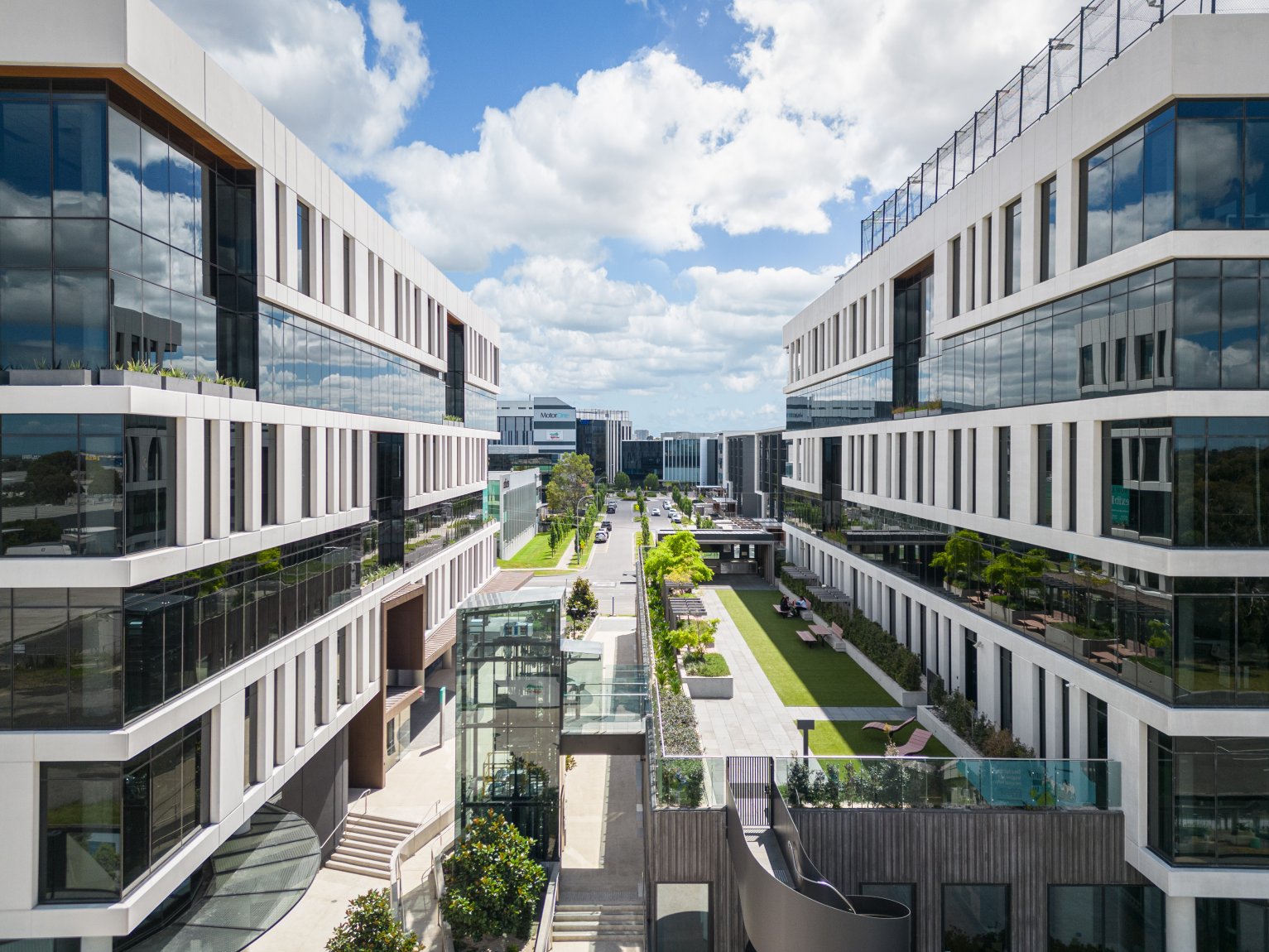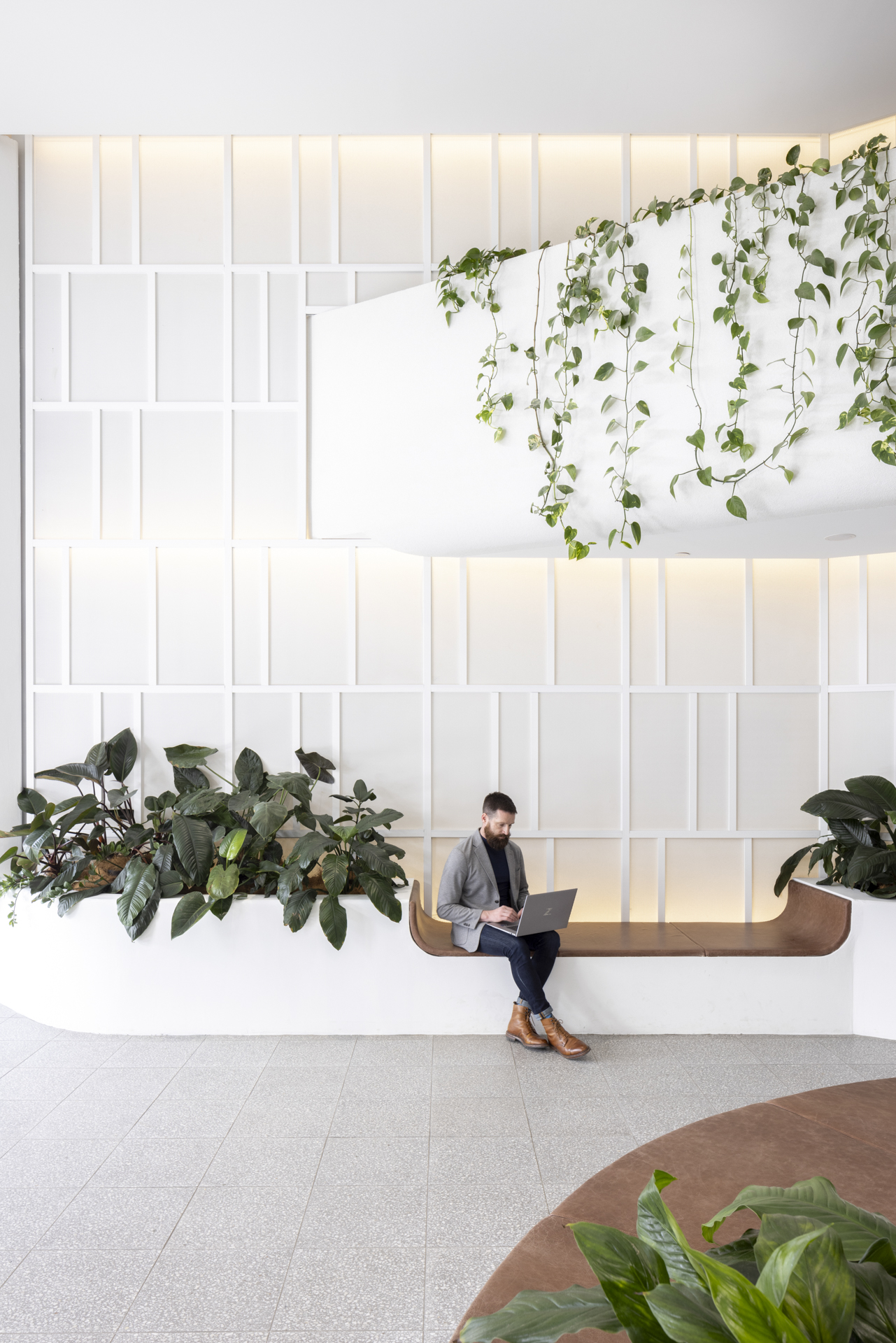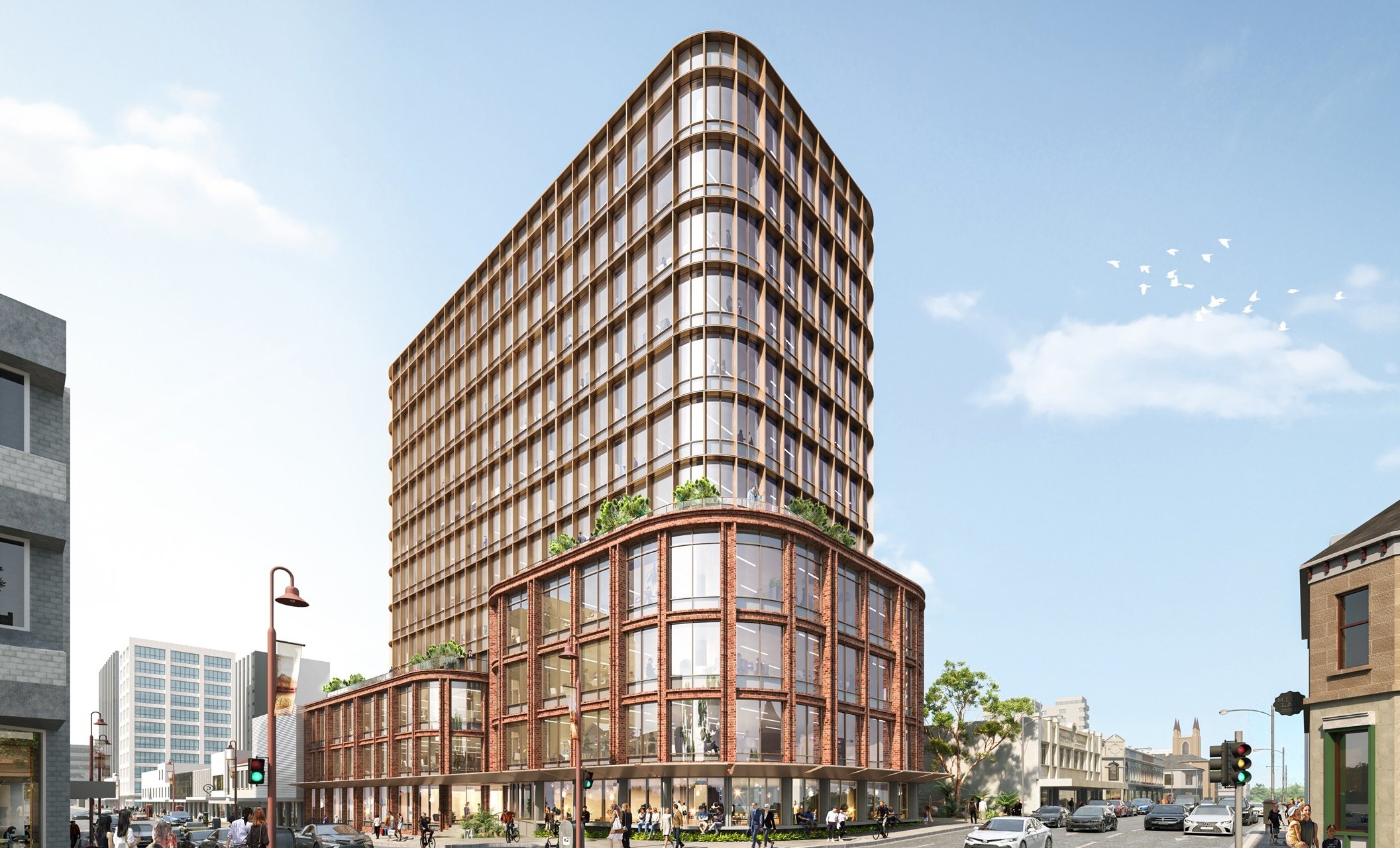Australia’s commercial property market is at a turning point, shaped by shifting economic conditions, evolving workplace dynamics and a growing emphasis on sustainability. After a prolonged period of slowed development and decreased economic spending, signs of recovery and increased business confidence are emerging.
Kelly Wellington, Partner at Gray Puksand’s Melbourne studio, brings extensive expertise in commercial architecture shaped by her experience across Australia and Ireland. With deep knowledge in strategic planning and sustainable innovation, Kelly forecasts a new phase of growth and transformation for the Australian commercial property market.
Adverse economic conditions, including high interest rates, inflation and reduced economic spending have resulted in low investment confidence in Australia’s commercial property market over the last several years.
“The cost of money has meant many projects don’t stack up, but the easing of pressures will provide some comfort to companies that have been holding on,” said Kelly.
Despite this, business confidence is improving, with Deloitte reporting that 80 per cent of executives expect revenue growth in 2025 compared to only 30 per cent in 2024, indicating a positive market shift.
“Executives are forecasting increased revenue, which will likely drive up employment numbers. This will also accelerate investment in workplace upgrades, as companies seek to attract talent and create high-quality, sustainable environments,” said Kelly.
Demand for commercial office space is being further shaped by increased return to work mandates, with recent data from JLL reporting workers are spending 4 days per week in the office on average.
“As businesses grow and regain confidence, we can expect greater activity in commercial leasing and development, particularly in premium and well-located office spaces with a high quality design response,” she added.

Kelly notes an industry-wide ‘flight to quality’, with premium office spaces leasing quickly, while aging buildings remain underutilised.
As a result, refurbishing older buildings is emerging as a preferred strategy for businesses seeking new office space. Compared to new builds, refurbishment offers significant economic and environmental benefits, reducing costs while adhering to modern sustainability targets.
“The embodied carbon in an existing building is huge. By refitting and upgrading older assets, we can avoid the demolition and construction of a new build, reducing material waste and lowering overall carbon emissions. This can significantly reduce environmental impact, enhance its efficiency and increase its lifespan,” said Kelly.
With multiple Star-certified projects, Gray Puksand continues to champion sustainable design, guided by its newly introduced Sustainability Action Plan.

The commercial property market is recovering at different speeds across the country, with each city facing unique challenges and opportunities in the imminent future.
Melbourne has been the slowest to turn around, largely due to slower return to work mandates and property taxes discouraging local and international investment.
“Victoria has quite a number of property taxes that need to be revisitied before we see big change in Melbourne,” Kelly explains.
Despite these challenges, Gray Puksand has several commercial projects such as 525 Church Street in Richmond that has commenced construction and 69 Carrington Road in Box Hill, that will be ready for construction shortly.
Sydney and Brisbane have recovered more quickly. Brisbane, in particular, is seeing strong government investment in medical technology and health sciences.
“The Queensland State Government is funding medtech and science research businesses, driving new developments and increasing demand for specialised commercial spaces tailored to research, innovation, and technology hubs,” Kelly notes.
Bolstered by its status as Australia’s largest business centre, and a faster return-to-office culture than other markets, Sydney is seeing increased demand for modern, high-quality office spaces.
The Canberra market remains stable due to steady government-driven work, including the Gray Puksand-designed CIT Woden Campus, which seeks to stimulate population and commercial growth in the Woden area. Other areas of Canberra are also expanding, creating further opportunities for office and mixed-use developments as the city’s business ecosystem grows.
Hobart, meanwhile, has the lowest office vacancy rate in Australia at just 2 per cent, creating opportunities for new developments such as 174 Liverpool Street. This building will deliver 15,010 sqm of CBD office space and includes bike parking, end-of-trip facilities, a cafe and a pedestrian link.
“There’s significant growth potential in Hobart, due to population growth driving up demand for office space. Low vacancy rates and ongoing investment make it an attractive market for future commercial development,” Kelly adds.
With projects in Geelong and Toowoomba, regional markets are emerging as strong commercial hubs as companies explore cost-effective alternatives to CBD locations.
“Toowoomba’s five-story commercial building, set to include a bank branch, office space and additional floors available for lease, demonstrates a significant development for a regional centre, reflecting growing investment and demand in smaller towns,” Kelly says.

Gray Puksand is well positioned to deliver on the Australian commercial real estate market’s predicted growth.
“Our work in the background, including refining our design processes, establishing our sustainability action plan, and implementing significant technology upgrades, is focused on enhancing our capabilities and delivering greater value and exceptional design outcomes to our clients, ultimately driving business growth for Gray Puksand,” Kelly explains.
As the market stabilises, practices that have invested in innovation and efficiency will be best placed to take advantage of new opportunities. With regional markets gaining traction and sustainability driving design decisions, Gray Puksand remains focused on delivering high-quality, future-proof commercial spaces.
“When the opportunities arise, we’ll be ready,” Kelly concludes.
Discover our growing portfolio of commercial projects here.

